1 Graph Regularized Probabilistic Matrix Factorization for Drug-Drug Interactions Prediction
2025-04-30
1
0
447.25KB
10 页
10玖币
侵权投诉
1
Graph Regularized Probabilistic Matrix
Factorization for Drug-Drug Interactions Prediction
Stuti Jain, Emilie Chouzenoux, Senior Member, IEEE, Kriti Kumar, Member, IEEE
and Angshul Majumdar, Senior Member, IEEE
Abstract—Co-administration of two or more drugs simultane-
ously can result in adverse drug reactions. Identifying drug-drug
interactions (DDIs) is necessary, especially for drug development
and for repurposing old drugs. DDI prediction can be viewed
as a matrix completion task, for which matrix factorization
(MF) appears as a suitable solution. This paper presents a novel
Graph Regularized Probabilistic Matrix Factorization (GRPMF)
method, which incorporates expert knowledge through a novel
graph-based regularization strategy within an MF framework.
An efficient and sounded optimization algorithm is proposed to
solve the resulting non-convex problem in an alternating fashion.
The performance of the proposed method is evaluated through
the DrugBank dataset, and comparisons are provided against
state-of-the-art techniques. The results demonstrate the superior
performance of GRPMF when compared to its counterparts.
Index Terms—Matrix factorization, Probabilistic matrix fac-
torization, Graph regularization, Drug-drug interaction predic-
tion
I. INTRODUCTION
Drug-Drug Interaction (DDI) refers to the effects of a given
drug when taken together with another drug, at the same
time. Co-administration of two or more drugs simultaneously
can affect the pharmokinetics and/or pharmacodynamics of
one or more drugs, which can cause unexpected and even
adverse drug reactions [1]. These effects can cause severe
injuries to the patients and even be responsible for deaths.
Thus, it is necessary to know the DDI for the drugs used
in the market, for clinical safety. Knowledge of DDI is also
vital for developing new drugs, as well as for repurposing
old drugs from clinical and public health perspectives. Pre-
clinical identification of DDIs is an ill-posed problem as
clinical testing (e.g., in vitro, in vivo, and in populo) is
usually conducted on a small group of drugs. Such a process
is time and cost intensive. Thus, DDI prediction employing
computational approaches that are implementable on a large
scale has become a popular research topic in recent years [2].
Computational approaches for DDI prediction can be
broadly divided into two categories: (i) Similarity-based ap-
proaches, that are based on the similarity of drug infor-
mation (e.g., chemical structure [3], targets [4], side-effects
[5], and (ii) knowledge-based approaches, that employ text
S. Jain and E. Chouzenoux are with CVN, Inria Saclay, Univ. Paris Saclay,
91190 Gif-sur-Yvette, France. e-mail: (emilie.chouzenoux@centralesupelec.fr,
stuti.jain@inria.fr).
A. Majumdar and K. Kumar is with Dept. of ECE, IIIT - Delhi, India,
110020. e-mail: (angshul@iiitd.ac.in, kritik@iiitd.ac.in).
This work received support from the Associate Team COMPASS between
Inria and IIIT Delhi. E.C. and S.J. acknowledge support from the European
Research Council Starting Grant MAJORIS ERC-2019-STG-850925.
mining from scientific literature [6], electronic medical record
database [7] and the FDA Adverse Event Reporting System [8]
to predict DDI. Note that the latter group of approaches do not
perform learning per se, as it is mostly a tool to mine clinical
findings. Although different machine learning and artificial
intelligence models have been used to address the problem [9],
DDI prediction remains a challenging problem to address.
In this work, the DDI prediction task is formulated as
a matrix completion problem, involving a symmetric matrix
with rows/columns corresponding to drugs. We adopt a matrix
factorization paradigm, when the sought matrix is defined
as the product of two latent factors satisfying some prior
knowledge. Our contribution lies in the construction of an
original prior well suited to DDI prediction. It incorporates
expert knowledge on the DDIs within a graph-based regular-
ization term similar to [10], with the aim to favor expected
(dis)similarities between drug pairs. This formulation results
in the so-called Graph Regularized Probabilistic Matrix Fac-
torization (GRPMF) method, for which we also propose a
sounded optimization algorithm relying on modern proximal
methods. We evaluate the performance of our method on the
DrugBank dataset, and present comparisons against state-of-
the-art techniques.
The paper is organized as follows. Section II discusses
related works on DDI prediction. Section III provides a brief
overview of various MF-based methods. Section IV presents
our main contribution, that is the proposed GRPMF formula-
tion and the optimization algorithm to resolve it. Section V
presents our experimental results and comparisons with the
state-of-the-art methods, and finally, Section VI concludes the
work.
II. RELATED WORKS
Clinical trials are time and money consuming. Many DDIs
thus remain unknown, mostly because not tested during trials.
Machine learning-based methods have been widely inves-
tigated to predict the unobserved DDIs. A heterogeneous
network-assisted inference (HNAI) method is proposed in
[11], gathering five prediction models (naive Bayes, decision
tree, k-nearest neighbor, logistic regression, and support vector
machine) to perform DDIs prediction from drug phenotypic,
therapeutic, structural, and genomic similarities. The work
in [12] presents a neural network (NN) based method that
proposes a heuristic selection of several drug similarity scores
integrated with a nonlinear similarity fusion strategy to obtain
abstract features for DDI prediction. Another work [13] pro-
poses a semi-supervised learning method for DDI prediction,
arXiv:2210.10784v1 [q-bio.QM] 19 Oct 2022
2
that uses drug chemical, biological, and phenotype data to
calculate the feature similarity of drugs using a regularized
least square score minimization.
Some works address the DDI prediction problem as an
edge detection (i.e., link prediction) problem where the edges
to infer represent connections between drugs. The work in
[14] presents both unsupervised and supervised techniques
for link prediction using binary classifiers such as tree, k-
nearest neighbors, support vector machine, random forest,
and gradient boosting machine based on topological and
semantic similarity features to estimate the drug interactions.
Another work [15] proposes two methods based on NNs and
factor propagation over graph nodes, namely, adjacency matrix
factorization (AMF) and adjacency matrix factorization with
propagation (AMFP) for link prediction for discovering DDIs.
The superior performance of deep learning (DL) techniques
across different domains has triggered the interest in such
techniques to estimate drug interactions. The work in [16]
presents a biomedical resource LSTM (BR-LSTM) that com-
bines biomedical resources with lexical information and entity
position information together to extract DDI from the biomed-
ical literature. Note that this model is not DDI prediction
per se, but only an automatic tool for mining of information
from clinical literature. The work in [17] proposes a convo-
lutional mixture density recurrent NN model that integrates
convolutional neural networks, recurrent NNs, and mixture
density networks for DDI prediction. An autoencoder-based
semi-supervised learning algorithm for feature extraction from
FDA adverse event reports to identify potential high priority
DDIs for medication alerts is presented in [18]. Another work
[19] employs autoencoders and a deep feed-forward network
trained on structural similarity profiles (SSP), Gene Ontology
(GO) term similarity profiles (GSP), and target gene similarity
profiles (TSP) of known drug pairs to predict the effects of
DDIs. Due to the black-box nature of the DL models, some
work has been done on seeking for explainable DL-based DDI
techniques. A comprehensive review of the explainable AI-
based techniques to promote the trust of AI models for the
critical task of DDI prediction is presented in [20].
Recently, some works have utilized Matrix Comple-
tion/Factorization (MC/MF) techniques to predict DDIs. Here,
given the partially observed DDI matrix, the task is to compute
the unobserved interactions between the drugs. Some of the
popular generic (not tailored for DDI) MF techniques are (i)
singular value decomposition (SVD) [21], (ii) non-negative
matrix factorization (NMF) [22] and, (iii) probabilistic matrix
factorization (PMF) [23]. We will present the two later ap-
proaches in detail in our next section, as MC/MF constitutes
the core of our contribution.
In addition to the conventional binary DDI prediction,
the work in [24] presents an NMF-based approach utilizing
drug features for comprehensive DDI prediction. Here, the
comprehensive DDI matrix is a signed binary matrix with
+1 for enhancive drugs, −1for degressive drugs, and 0
for no drug interactions, respectively, which is rather useful
to predict the (positive/negative) behaviors of the interacting
drugs. The work in [25] presents an attribute supervised
learning model probabilistic dependent matrix tri-factorization
(PDMTF) approach for adverse DDI prediction. They utilized
two drug attributes, molecular structure, side effects, and
their correlation to compute the adverse interactions among
drugs. The work in [26] introduces a manifold regularized MF
(MRMF) technique to predict DDIs using drug similarities
based on drug features like substructures, targets, enzymes,
transporters, pathways, indications, side effects, and off side
effects.
The publicly available large structured biomedical databases
has enabled the use of knowledge graph (KG) based ap-
proaches for different applications in the biomedical domain.
KGs are used to synthesize large biomedical graphs that map
similar drug-related entities in the drug database. The work
in [27] uses KGs embeddings, namely, RDF2Vec, TransE,
TransD, and machine learning algorithms for DDI prediction.
A KG NN method (KGNN) that captures the drug and its
potential neighborhoods by mining their associated relations
in KG for DDI prediction is proposed in [28]. This method
utilizes the drugs’ topological structures in KG for potential
DDI prediction. Another work [29] utilizes KGs combined
with DL techniques for estimating DDIs. This work considers
the DDI matrix and KG in the form of learned embed-
dings (like ComplEx, TransE, RDF2Vec, etc.) as input to the
Convolutional Neural Networks (CNN) and Long-Short Term
Memory (LSTM) model to predict DDIs.
In this work, we focus on the MC/MF based framework, as
it presents the advantage of being non supervised and highly
interpretable. Our contribution is to incorporate expert knowl-
edge within this family of approach, so as to take advantage
of the aforementioned progressed in database availability.
III. BACKGROUND
This section presents an overview of MF techniques for
MC. We choose here to remain in a generic setting where the
matrix to complete is real-valued and rectangular. Note that,
for the DDI task, the sought matrix is square symmetric and,
in most cases, binary valued, which might lead to simplified
formulations.
A. Matrix Completion Problem
Let us consider the problem of a full matrix R∈RN×M
to recover from partially known matrix Y∈RN×M. Let
D={i∈ {1, . . . , N}, j ∈ {1, . . . , M}s.t. (i, j)is observed}.
Non observed entries are typically set to zero. The masking of
the indexes outside the set Dis modeled through a Hadamard
product with a matrix B∈ {0,1}N×M, such that Bij = 1
if (i, j)∈ D, and Bij = 0 otherwise. The partially known
matrix Ycan be expressed as:
Y=BR. (1)
The task of matrix completion amounts to recovering the
entries of Rthat do not belong to the set of observed
indexes D.
摘要:
展开>>
收起<<
1GraphRegularizedProbabilisticMatrixFactorizationforDrug-DrugInteractionsPredictionStutiJain,EmilieChouzenoux,SeniorMember,IEEE,KritiKumar,Member,IEEEandAngshulMajumdar,SeniorMember,IEEEAbstractCo-administrationoftwoormoredrugssimultane-ouslycanresultinadversedrugreactions.Identifyingdrug-druginter...
声明:本站为文档C2C交易模式,即用户上传的文档直接被用户下载,本站只是中间服务平台,本站所有文档下载所得的收益归上传人(含作者)所有。玖贝云文库仅提供信息存储空间,仅对用户上传内容的表现方式做保护处理,对上载内容本身不做任何修改或编辑。若文档所含内容侵犯了您的版权或隐私,请立即通知玖贝云文库,我们立即给予删除!
相关推荐
-
公司营销部领导述职述廉报告VIP免费

 2024-12-03 4
2024-12-03 4 -
100套述职述廉述法述学框架提纲VIP免费
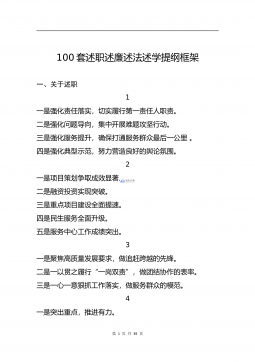
 2024-12-03 3
2024-12-03 3 -
20220106政府党组班子党史学习教育专题民主生活会“五个带头”对照检查材料VIP免费
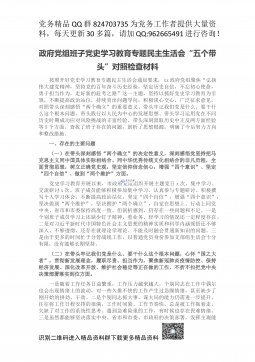
 2024-12-03 3
2024-12-03 3 -
20220106县纪委监委领导班子党史学习教育专题民主生活会对照检查材料VIP免费
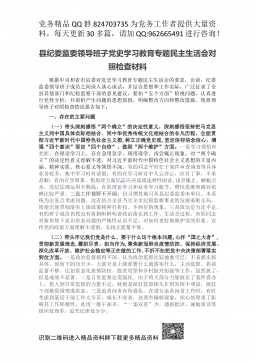
 2024-12-03 6
2024-12-03 6 -
A文秘笔杆子工作资料汇编手册(近70000字)VIP免费

 2024-12-03 3
2024-12-03 3 -
20220106县领导班子党史学习教育专题民主生活会对照检查材料VIP免费
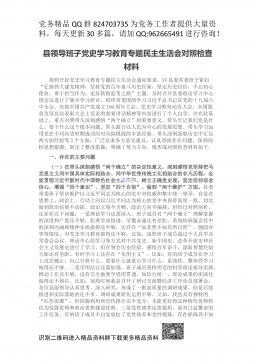
 2024-12-03 4
2024-12-03 4 -
经济开发区党工委书记管委会主任述学述职述廉述法报告VIP免费
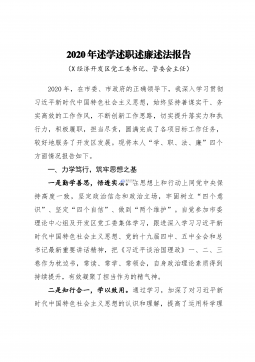
 2024-12-03 34
2024-12-03 34 -
20220106政府领导专题民主生活会五个方面对照检查材料VIP免费
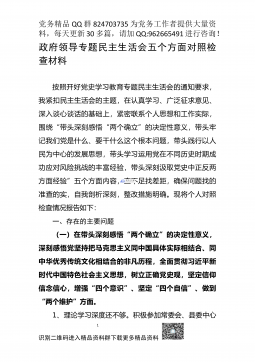
 2024-12-03 11
2024-12-03 11 -
派出所教导员述职述廉报告6篇VIP免费
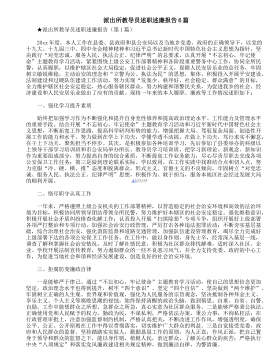
 2024-12-03 8
2024-12-03 8 -
民主生活会对县委班子及其成员批评意见清单VIP免费
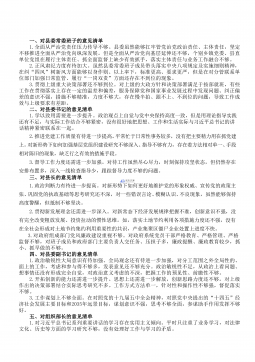
 2024-12-03 50
2024-12-03 50
分类:图书资源
价格:10玖币
属性:10 页
大小:447.25KB
格式:PDF
时间:2025-04-30


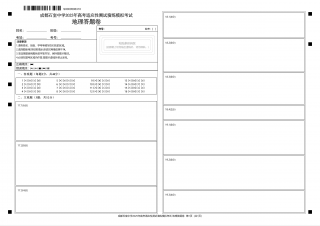
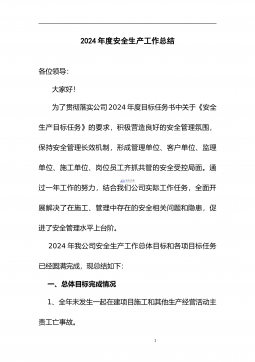
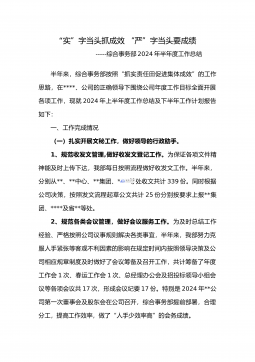
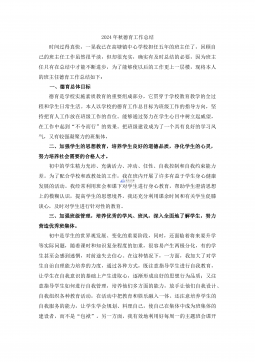
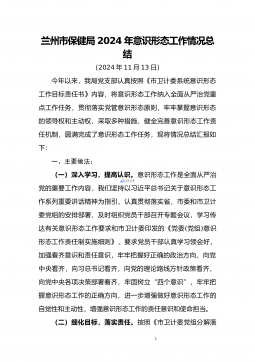
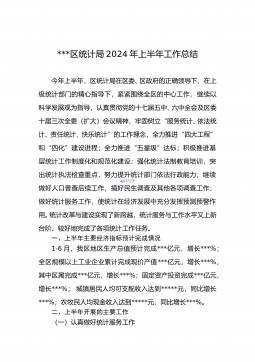
 渝公网安备50010702506394
渝公网安备50010702506394
